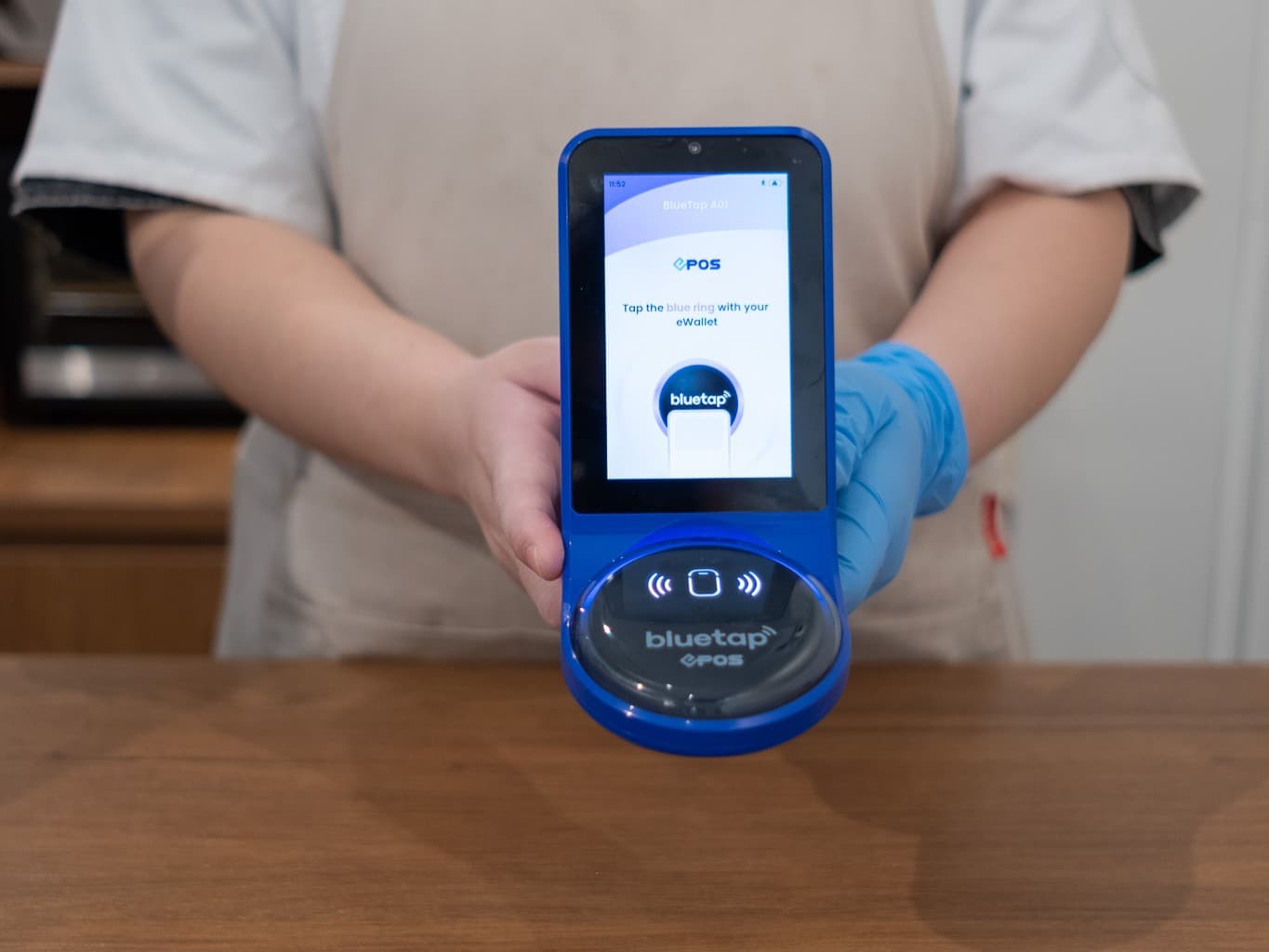
Free cash flow (FCF) is simply the money a business produces after taking into account both gross capital outflows which support its existing operations and also take into account net cash inflows which facilitate its future growth. Simply put, free cash flow is basically the money left behind after a business pays for its working expenses, its fixed assets and its capital expenses (paper). So in the end, FCF represents the difference between the net working capital and current assets – it is a negative number, reflecting the fact that there are no new funds coming into the business. Most businesses try to maximize their FCF by reducing expenses and increasing gross profit margins. However, as with all financial measures, the goal of FCF is to provide a practical measure of profitability – not an abstract calculation or a theoretical concept. In other words, free cash flow should be useful to management as it provides them with data that can help them make informed decisions about how to manage their businesses.
To improve free cash flow, management must first understand the nature of its calculation and any limitations. The nature of its calculation is based on the assumption that all working capital expenses are consumed at the same time. Under this assumption, operating costs and gross profit margin are separated and therefore do not contribute to the calculation. A separate equation is then arrived upon to calculate operating costs and profit margin.
It is important to understand the reasons why businesses use this calculation to determine FCF and how it affects their capacity to raise capital. One of the major reasons why businesses use this calculation is so that they can properly raise capital for expansion or purchase additional working capital and raw materials. The problem, however, arises when too much money is raised for too little operating capital or vice versa. This problem is especially acute for small businesses that are usually family run operations where the owner(s) typically spends most of their time away from the business and not available for long-term financing until their business is somewhat established.
The purpose of calculating free cash flow is to let owners know what their actual costs are and how much money is left on hand for other business expenses, usually accounts payable. These costs include salaries and wages paid to employees, special payments to suppliers, costs of purchasing property and equipment, and any lease or sublease payments. The sum of all costs must add up to one hundred percent. By doing this, owners will see whether they need additional funds to expand their enterprise. If they do not have the necessary funds, they will need to cut back on some of their operational expenses or else face the possibility of laying off some of their workers.
Another method used to determine free cash flow is called amortization. Amortization is the process of using an interest rate to calculate the amount of time it will take for an asset to depreciate in value. For example, cars are generally worth less as time goes on, so an owner will depreciate his or her car over time. It’s important to remember, however, that even if a car is worth more now, it may lose value as time goes on. Investors calculate amortization by subtracting the present value of a car from its cost at purchase and then adding the net present value of future depreciation. By plugging these numbers into an amortization calculator, owners can find out just how much they should expect to make from selling their vehicles over the course of a few years.
Another way of figuring out companies free cash flow situation is to apply the debt and equity method known as debt-to-equity. This involves the chief debt instrument, the company’s stock, and its equivalents, such as debt secured by home equity or loans against property. The purpose of this method is to calculate a company’s ability to service its debt by subtracting its current assets from its current liabilities and then compare this to its current market value, or what it would sell for in its market setting. If the ratio of assets to liabilities is negative, a company has a negative free cash flow situation.
Another way of figuring out companies free cash flow situation is to look at its gross profit margin, which is the difference between total revenues and total expenses, divided by profit. Many investors prefer to see a positive gross profit margin because it indicates that a firm is doing well financially, even if it has expenses above and beyond its profit margin. In fact, the opposite is true when it comes to negative free cash flow situations. Because expenses eat up profits, investors prefer to see a negative gross profit because it indicates that the firm is actually losing money, even if it has strong revenues.
A final way to calculate the companies free flow is to calculate the net income or net worth of the company, which is simply the difference between its total assets and total liabilities. Net Worth is calculated by adding the gross value of the firm’s tangible assets and total liabilities. The most common type of free cash flow model is a Cash Flow Model, which is based on the P advertiser model of analysis. There are many investors who prefer to focus on free cash flow as part of their overall portfolio analysis.


